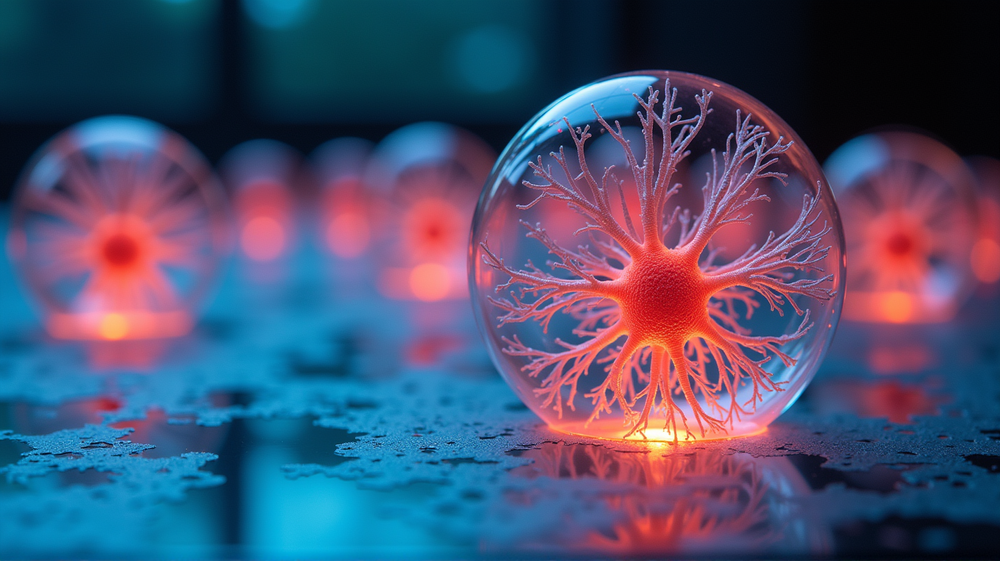Harnessing 3D Printing for ALS: A New Frontier in Drug Testing
Imagine a world where testing new treatments for debilitating diseases can be done with precision and without risking patient health. At Uppsala University, this vision is turning into reality as researchers leverage 3D printing technology to advance Amyotrophic Lateral Sclerosis (ALS) research, offering fresh hope for this challenging neurological condition.
Cultivating Innovation with Motor Neuron Organoids
With ALS, motor neurons—crucial nerve cells that signal muscles to move—are compromised, leading to a decline in muscle function and eventually paralysis. The average survival post-diagnosis is less than four years, highlighting a desperate need for new treatments. Enter 3D-printed motor neuron organoids: a groundbreaking model that mimics human nerve tissue using the patient’s own cells. These organoids can revolutionize how new drugs are developed and tested, especially for ALS, where direct clinical testing is fraught with challenges. According to Technology Networks, such innovations are paving the way for precision medicine.
The Science Behind the Breakthrough
This innovative approach involves generating stem cells from the patient’s skin and programming them into motor neuron progenitors—immature nerve cells that are a step away from maturing into their final form. By mixing these cells with a soft gelatin matrix and printing them layer by layer, researchers craft a detailed tissue architecture that supports the survival and growth of nerve fibers. A key breakthrough in this process was selecting a softer bioink material, which facilitated the inward growth of neurites, enhancing the model’s fidelity to real human biology.
Building on the Basics
Led by Elena Kozlova, the study published in the International Journal of Bioprinting demonstrates an advanced protocol for producing standardised nerve tissue models. This protocol includes the innovative use of mesoporous silica particles, which aid in the maturation of nerve cells by delivering essential growth factors. This method ensures reproducibility and scalability, two critical factors for ongoing research and drug development.
Towards a Complete Spinal Cord Model
Beyond just motor neurons, Kozlova’s team envisions incorporating other types of nerve cells, such as glial cells, to create comprehensive spinal cord models. This enhancement could lead to more detailed insights into neurodegenerative diseases like ALS, potentially unlocking doors to treatments previously thought impossible.
A Leap Towards Precision Medicine
Incorporating 3D-printed organoids into ALS research could dramatically accelerate the pace of drug discovery, allowing for tailored treatments that specifically target individual patient profiles. As stated in Technology Networks, with each printed layer of these organoids, new layers of hope are built for those affected by ALS and other similar conditions.
This advancement—which beautifully marries technology, biology, and medicine—suggests a future where precision medicine is not just a possibility but a tangible reality. As researchers continue to refine these models, the path towards curing crippling diseases gets a little clearer, offering the promise of a life beyond limitation.




